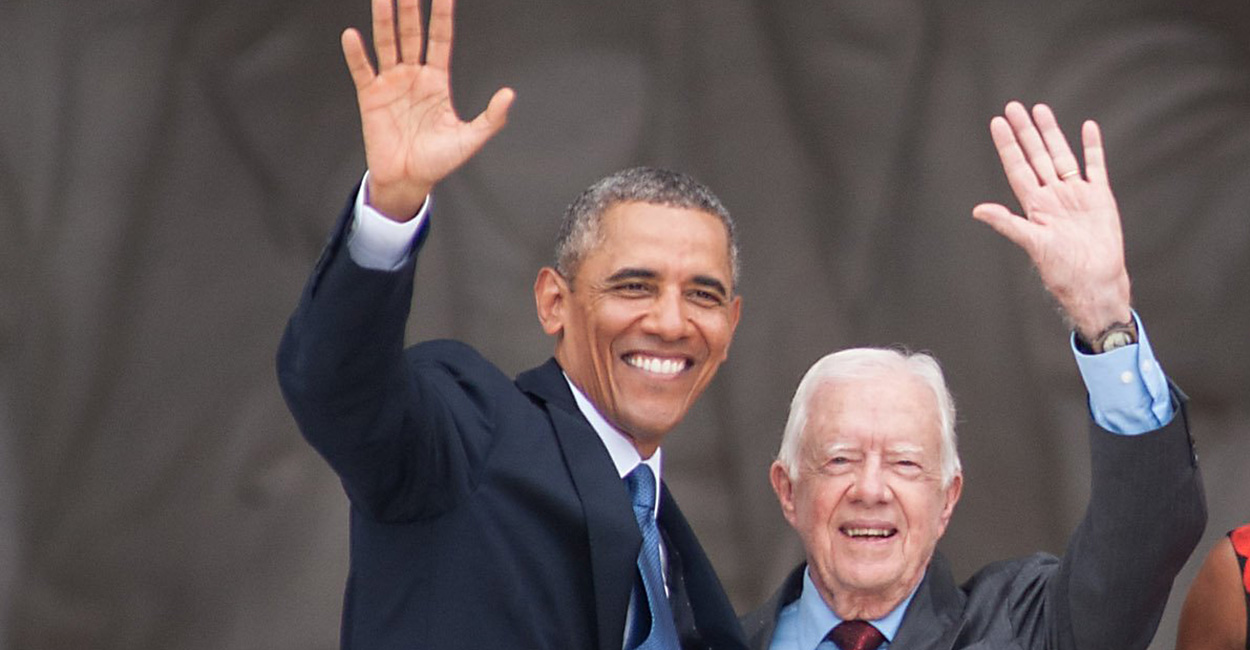Some things are far better than what they use to be, while others have changed drastically for the worst. I would even say circumstances have changed drastically in both directions, for the best as well as the worst.
The link below will take you to a video that shows the difference in technology released in 1971. As you'll see in the video, there's a vast difference in the way technology works now, from televisions to watches to computers....all innovative ideas and creations still effective to date. People back then were just as excited about the new technology being released at the time, as someone would be today about their cell phones, be it an iPhone, Samsung Galaxy, Blackberry, or Notebook. Not to mention the variety in cell phones, brand, colors, shapes, which is vast difference from then to now. Back then, when you saw one cellphone, you saw them all. All were flip and huge, but people were just as excited about them. Looking back at them however, its laughable. We couldn't be caught dead with some of the technology released back then.
1. In the 1970s we had Disco. Today, we have Justin Bieber and Katy Perry.
2. In the 1970s we had Richard Nixon and Jimmy Carter. Today, we have our first black president, Barack Obama.
 |
| President Barack Obama & former President Jimmy Carter |
3. In the 1970s, Americans fell in love with stupid fads such as mood rings, lava lamps and pet rocks. Today, we have twerking, “planking”.
4. In 1970, a gallon of gasoline cost .36 Today, the average price for a gallon of gasoline is about $3.27
5. In the 1970s we still had rotary phones. Today, we have IPhones, Black berries, Notebooks etc...
 |
| iPhone on left Rotary phone on right |
6. In the 1970s, presidents were tapping the phones of their enemies. Today, the government is recording all of our calls. In fact, the NSA intercepts and permanently stores close to two billion emails and phone calls every single day.
As far as technology goes, things are quite different, vastly so, and for the better from my perspective, as I've demonstrated via videos and pics. Based on what I've portrayed, I'm sure hundreds of thousands would agree, except of course if you're my grandmother, who wishes everything would just go back to the way it was
What Happen to Behaviorism
Behaviorism was intended to make psychology a natural science. During the years when behaviorist ideas were being developed, they were in harmony with the philosophical position of logical positivism being championed in physics and elsewhere. Concepts should be defined by the operations used to measure them, to keep science tightly grounded to observable data, and to remove flights of speculative fancy.
The decades that followed revealed behaviorism in ascendancy, and the animal learning laboratory was the hotbed of study, the white rat and the pigeon were the organisms of choice (with assumption that all organisms and all behaviors, over similar laws)
Behaviorism is a systematic approach to the understanding of human and animal behavior. It assumes that all behavior are either reflexes produced by a response to certain stimuli in the environment, or a consequence of that individual's history, including especially reinforcement and punishment, together with the individual's current motivational state and controlling stimuli. Thus, although behaviorists generally accept the important role of inheritance in determining behavior, they focus primarily on environmental factors.
Technology and Psychology
The games you play, the mobile phone you use to send text messages, the website where do your online shopping. Technology is all around us, and is an important part of our lives. Too important to just leave it to technologists.
In Psychology and Technology you learn how technology influences people, and how you can use knowledge of psychology to let people use technology as effectively as possible. But you also learn how you can use psychology to design completely new technology applications such as motivational rehabilitation technology in healthcare, sociable robots or brain-computer interfaces.
People and Technology
Teaching staff and students of Psychology and Technology program deal with a wide range of different subjects, all of which focus on the relationship between people and technology
- Intimate technology for showing affection at a distance
- Online auctions you can trust
- Intelligent street lighting adapts to movement by pedestrians; dims when there is no movement
- Lighting that makes you healthier and smarter
- Avatars that saves you energy
 |
| Energy Avatar |
Innovative Technology at its Very Best
 |
| Intelligent Street Lighting |
Psychology during the 1970s and to date
What Technologies Advances are Affecting Psychology Studies
From the psychological effects of electronic games to new mobile apps geared at improving mental health, the impacts of technology and psychology are profound. Whether you choose to pursue a career in industrial-organizational psychology or to become a counseling psychologist, the technology people use and emerging technical possibilities will greatly affect both your preparation and your practice in the field of psychology.
Texting and Psychology
Since the birth of modern psychology, popular methods of communication have influenced psychotherapy sessions. In the early days, a handwritten letter to a client might be shared with the therapist. In therapeutic sessions, recollection of conversations and things have people have said to the client have always played an important role. As more people use texting and mobile devices to communicate, many therapists find that their clients like to refer directly to their text history to work through issues in therapy. This can be especially helpful in working with adolescents on interpersonal relationship issues. Rather than relying on the client's memory of an interaction, the client and therapist together can look at what was actually said during the interaction. Often the client will have forgotten, or mentally skewed the recollection of his/her part in the conflict, but the phone's history helps to clarify the involvement of both parties. This tool can help clients identify destructive or inappropriate interactions, and psychologists can work with them to change these behaviors.
Advances in Industrial-Organizational Psychology
The fastest growing specialization in the field of psychology today is industrial-organizational psychology. Psychologists in this specialization work with employers to improve employee retention rates and productivity. Many people in this career work closely with computer programs. Some collaborate with others to improve the employment experience. They may also work to assess the usability of human resources applications. The more that technology is used in a particular company, the more that technology effects the career of an IO psychologist employed by that company.
Technology and its relationship to IO psychology has expanded so much in recent years that some institutions of higher learning are recommending students complete secondary courses of study in computer programming or other technology-related field in preparation for becoming IO psychologists.
Computerized Technology
Changes in testing have significantly changed many aspects of psychology. Personality assessments and IQ tests that were once completed with pencil and paper are now completed on computers. As computer technology has developed, tests have developed as well. Test takers using computers can be fed different questions based on their answers of previous questions. Research psychologists and diagnosticians take advantage of this to create more accurate assessments.
Computerized testing also comes with disadvantages. Technical difficulties can skew results as can vision issues such as color blindness in test takers. Today’s psychologists need to understand the potential problems with computerized testing and address them in order to more accurately diagnose disorders or identify personality traits.
Many exciting things are happening today in the world of technology. Psychologists are influenced by technological advancements in many ways, however the impacts of technology on psychology can be both beneficial and detrimental. As technology develops, clinicians, counselors, researchers and human resources specialists must all be prepared to handle both the good and bad issues created by technology.




